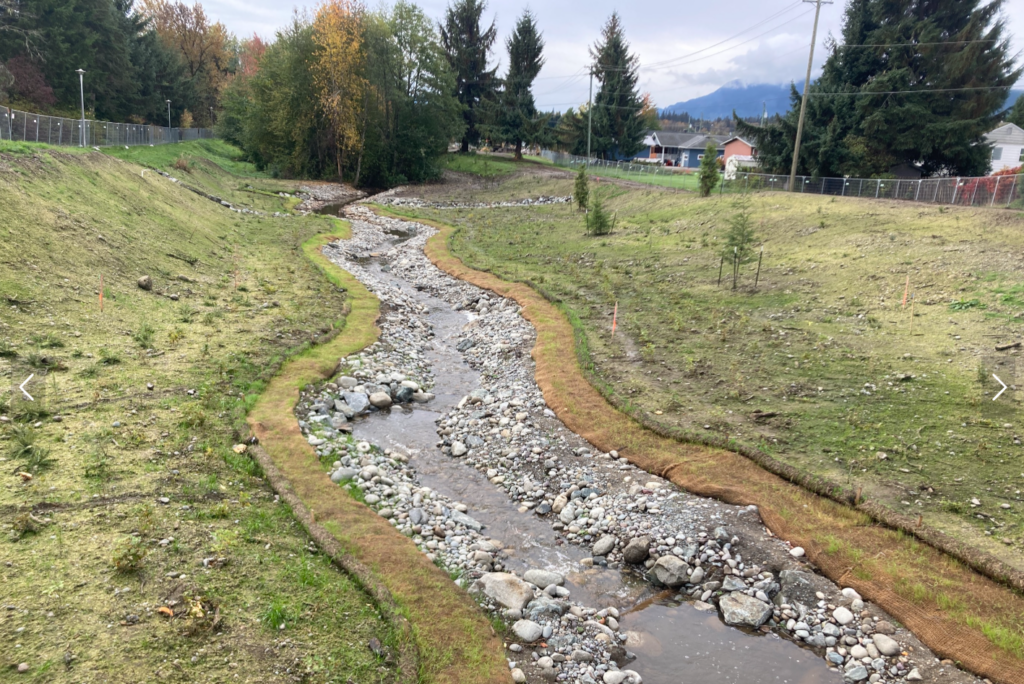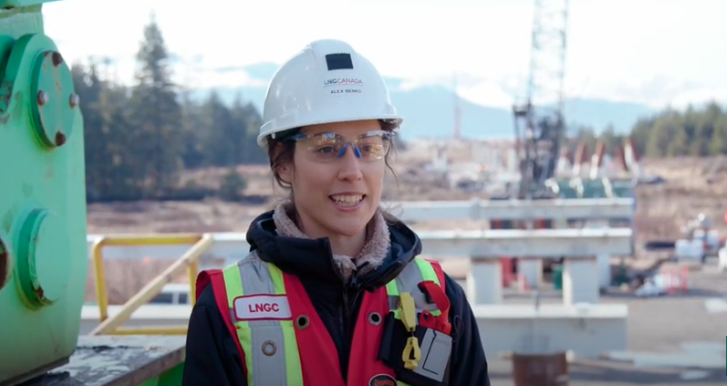Jul 17, 2016
LNG Canada Receives Provincial and Federal Approval for Environmental Assessment
Share
Vancouver, British Columbia — LNG Canada announced today that the Canadian Environmental Assessment Agency (CEAA) has approved the project’s Environmental Assessment and the B.C. Environmental Assessment Office (EAO) has issued an Environmental Assessment Certificate for its proposed four train liquefied natural gas (LNG) export terminal in Kitimat, B.C. The provincial and federal approvals conclude the project’s environmental assessment review process.
“We have made significant progress to advance our project over the past year,” said Andy Calitz, CEO of LNG Canada. “Receiving both provincial and federal approval of our Environmental Assessment is a critical milestone on our path to making a final investment decision. We could not have achieved this without input from the local community of Kitimat and First Nations, and we appreciate the local knowledge they shared with us.”
LNG Canada made a number of key decisions to minimize environmental effects of the proposed facility. The choice of site location allows the project to leverage an existing port, existing roads and railway infrastructure, and provides a shorter distance for a natural gas pipeline from northeast B.C. The project selected a power solution that uses renewable energy for a significant portion of the power needed for its proposed facility, greatly reducing its CO2 footprint.
“LNG Canada proposes to have one of the lowest levels of CO2 emissions of any LNG export facility in the world. The project will supply clean burning natural gas to help reduce greenhouse gas and other emissions in countries that currently burn more carbon intensive sources of energy for electricity production,” added Calitz. “Working with the community and First Nations we continue to find opportunities to mitigate environmental effects and enhance benefits.”
The EAO and CEAA have identified conditions that must be met by LNG Canada to manage potential effects associated with the proposed project and meet provincial and federal permit and reporting requirements. LNG Canada welcomes the opportunity to meet these conditions and demonstrate ongoing social and environmental responsibility and responsiveness. To do so, the project is developing a number of detailed plans that set out how it will manage its activities and potential impacts, as well as enhance the positive effects the project will have.
“LNG Canada has engaged and consulted with the Haisla continuously for the last three years,” said Chief Councilor Ellis Ross, Haisla Nation. “We support the LNG Canada project and recognize the benefits that every Haisla member will enjoy, from jobs and training opportunities to better community facilities and improved social conditions.”
The opportunity LNG export projects can bring to Canada is significant. LNG Canada and its contractors will hire up to 7,500 workers at the peak of construction, as well as spend an estimated $8 billion on goods and services within Canada, of which an estimated $3 billion will be spent in B.C.
Additional community benefits will come from LNG Canada’s social investments. Since 2012, LNG Canada has distributed over $1,000,000 to important community initiatives such as emergency services, trades scholarships, skills development funding and housing.
“We have a good and transparent relationship with LNG Canada and recognize the value a project of its significance can bring to our community,” said Phil Germuth, Mayor of Kitimat. “The Environmental Assessment Certificate ensures that the project will be built in a way that will be positive for the community and that impacts have been considered and addressed within the application,” he added.
The approval of its Environmental Assessment Certificate will allow LNG Canada to progress with other key initiatives for the proposed project including applying for additional permits required to construct and operate the facility.
While today’s announcement is an important step forward for LNG Canada, the project must ensure it is economically viable and meets several other significant milestones related to gas supply, engineering and cost estimates, supply of labour, and regulatory approvals before making a final investment decision.


